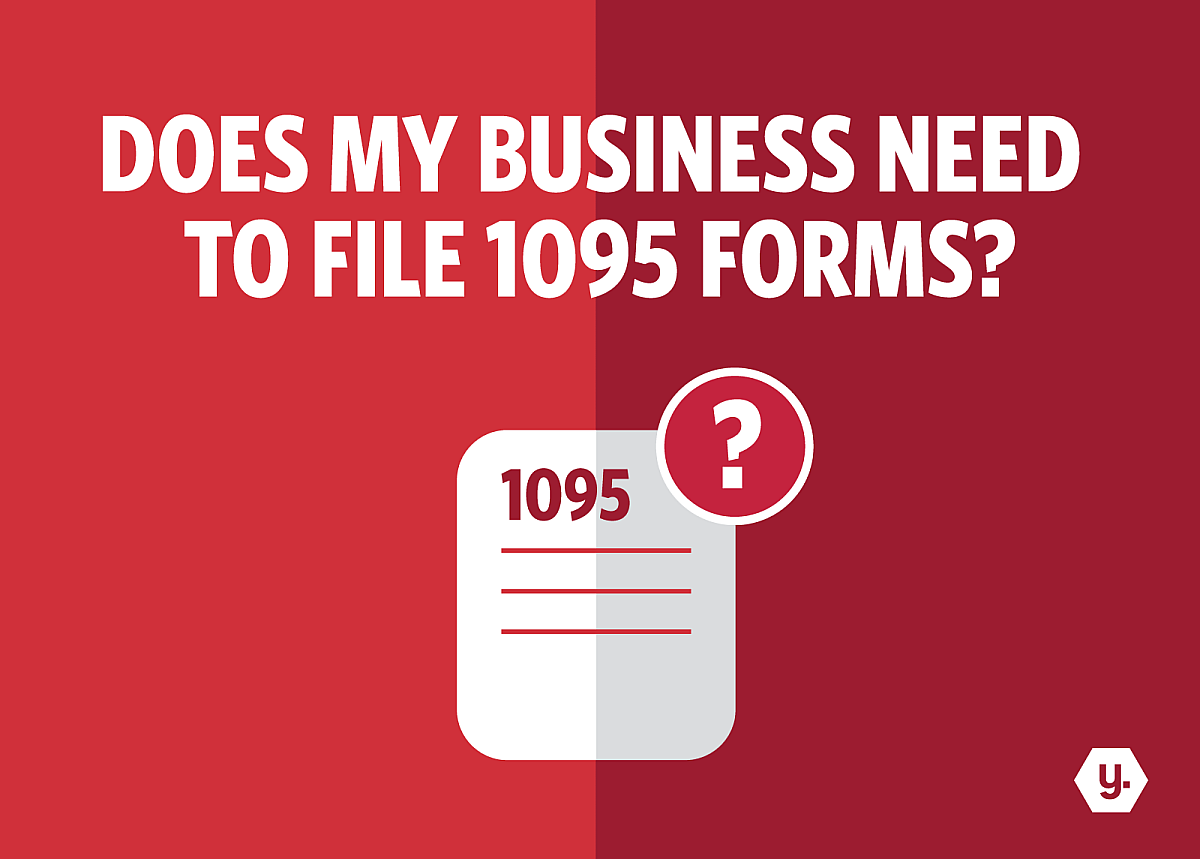
ACA Filing – Your January just got a lot busier . . .
For businesses, January has always a busy month as new plans, processes kick while everyone is also spending time wrapping up reporting on the past 12 months. This year, new tax filing deadlines will be added to all of those existing January deliverables, making it even more imperative for companies to get a jump start on preparing for the upcoming season.
Now in its third year, the Affordable Care Act has thrown a lot of different tracking and reporting elements at businesses in its time. It’s now well known that employers and insurers must file information on healthcare plan coverage information to the IRS and provide copies to recipients.
There are two scenarios that require businesses to file ACA forms. Employers with 50 or more full-time employees (including full-time equivalent employees and individuals who worked an average of 30 hours or more per week for more than 120 days in a year) and all self-insured employers regardless of size must report healthcare coverage information to employees and the IRS.
This year, for the first time since its inception, the ACA filing deadline has been moved to January 31, 2018. For employees, the federal filing deadlines for ACA reporting are consistent with W-2 and 1099 reporting, and all forms should be mailed by January 31, 2018. Additionally, and unlike previous years, reporting is mandatory for 2017 and is the responsibility of the businesses, not an insurance company.
As businesses work toward the looming January deadline, they need to understand the following forms when completing their ACA reporting:
- Form 1095-B – Health Coverage:
This form includes the number of months you and any covered dependents were covered by insurance. Individuals who purchased private insurance, the provider will send this information to the IRS. - Form 1095-C – Employer-Provided Health Insurance Offer and Coverage:
This statement is issued by employers with 50 or more full time employees (including FTEs) to employees and the IRS to prove they provided healthcare per ACA requirements.
Form 1095-B and Form 1095-C will require some or all of the following data: employer ID numbers (EIN), taxpayer identification numbers (TIN) of employees/recipients and their dependents, addresses, and months of coverage.
Due to the Protecting Americans from Tax Hikes (PATH) Act enacted last December, which is aimed at making it easier for the IRS to detect and prevent refund fraud, employers are now required to file W-2s by January 31, 2018. Previously, if businesses were filing on paper, they had until the end of February, or the end of March when e-filing. Furthermore, only one 30-day extension will be permitted when filing W-2s. The accelerated deadline allows the IRS to identify errors when reporting and will improve their ability to verify the legitimacy of tax returns and resulting refunds.
While the January 31 deadline has applied to employers for many tax reporting responsibilities, businesses and payroll professionals need to be aware of the added deliverables for January in order properly plan for the busy month and remain compliant through 2018.
Latest News
-
 November 25, 2025
November 25, 2025New Alternative Furnishing Method for Forms 1095-B and 1095-C Comes with Complexities
The IRS has updated the Affordable Care Act (ACA) reporting process for Forms 1095-B and 1095-C. These changes aim to reduce administrative costs and simplify reporting, but they also create new compliance challenges for employers and health insurance providers.Read More -
 October 8, 2025
October 8, 2025Your Business Guide to 1099 Filing in 2025: Deadlines and Compliance Tips with Yearli
Businesses must prepare for 2025 IRS 1099 filing by understanding key deadlines for Forms 1099-NEC and 1099-MISC and leveraging e-filing tools like Yearli to stay compliant. This guide outlines important dates, recent IRS updates, and practical tips to avoid penalties and streamline the filing process.Read More -
December 30, 2024
Understanding Form 1099-DA: A Comprehensive Guide to Filing for Digital Asset Transactions
As the use of digital assets like cryptocurrencies and non-fungible tokens (NFTs) continues to grow, so does the need for clear tax reporting guidelines. To address this, the IRS has introduced Form 1099-DA, which will be required starting in 2025.Read More
